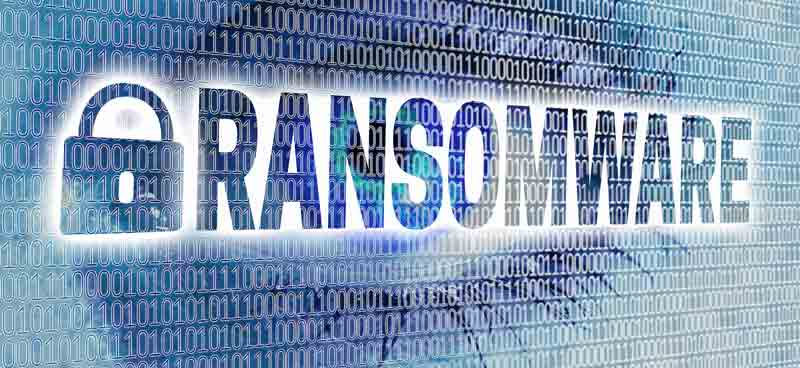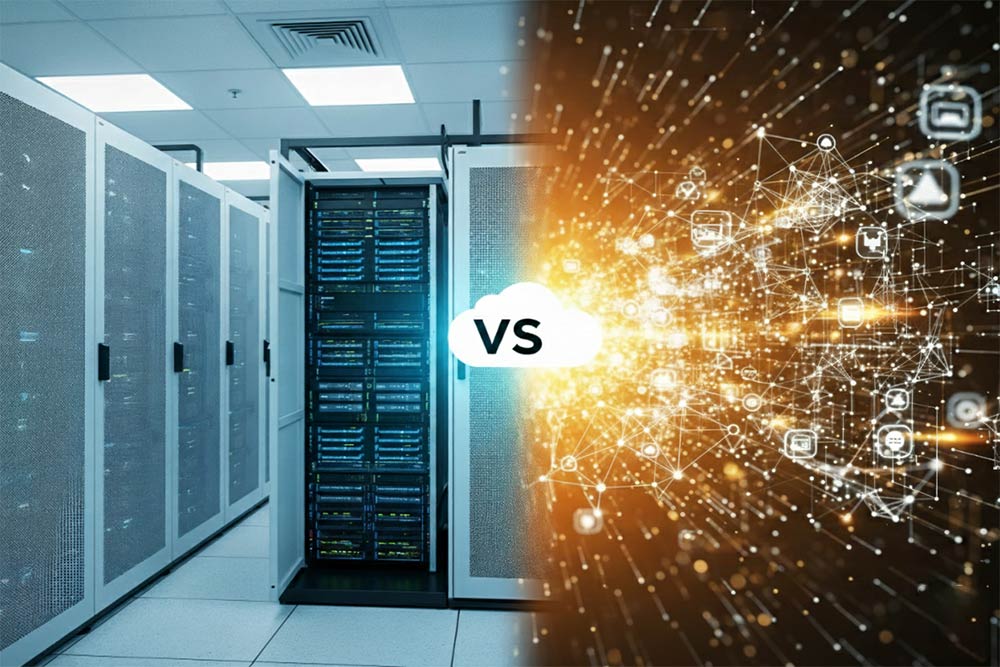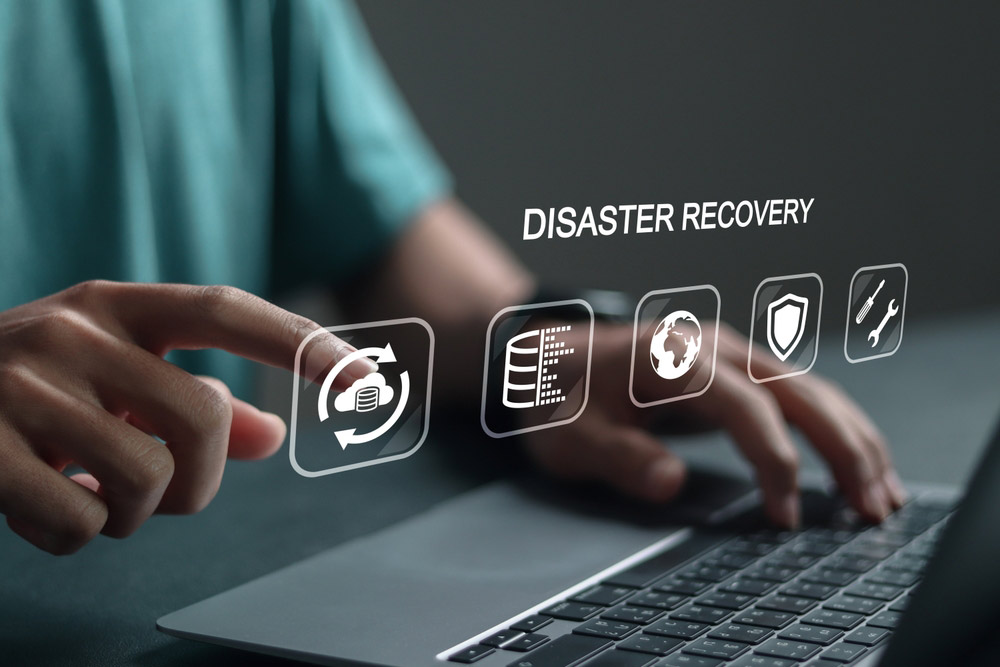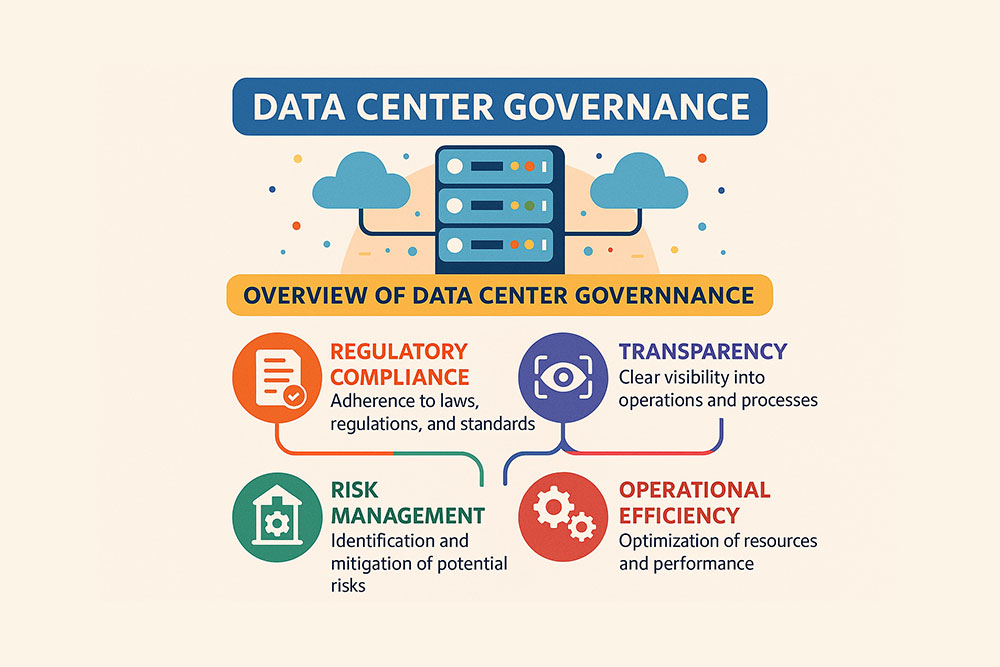Cyber extortion is a new and expanding form of cybercrime involving an attack on a company or personal data systems. Criminals who conduct such attacks extort money from companies and organizations by demanding huge payments in return for stopping the attack and correcting any damage that has been done. Traditional defenses such as firewalls and antivirus software do not normally defend against these more sophisticated attacks.
Cyber-exploitation takes many forms. Some of the most common are:
- Ransomware. Essentially, the criminal infects the company’s data and online systems with malware or spyware, which attacks through opened attachments and other strategies that encrypt the company’s data. The criminals then demand payment in return for the encryption key – the key that will unlock the data so the company can use it. Unfortunately, the criminal can continue to attack the company’s data repeatedly—and demand payment repeatedly–until the business figures out a solution to ransomware attacks.
- Denial of Service. A Denial of Service (Dos) is a cyberattack that deprives a company or organization of the use of part or all of its computer information – such as the inability to use email, access data, use key programs, and loss of network connectivity. A Distributed Denial of Service (DDoS) attack is one in which large numbers of systems are compromised in a single attack.
- Compromised Data. Data can be seized by cyber attackers who may threaten to use it for illegal purposes. An example is when a company’s customer account information is seized and then made public or sold to a third party. The cybercriminals may also threaten to compromise the data so it can’t be used by the company – unless a payment is made.
Payment is normally made through some currency that cannot be easily traced. Payment in bitcoins is one of the preferred methods. The demand for payment can be millions of dollars.
The best protection against ransomware and any type of cyber-extortion are:
- To keep regular backups of data and computer programs so that, if there is an attack, a new system can be installed in place of the attacked system.
- To have software in place on servers and endpoints that can defend against known ransomware attacks.
- To educate customers on safe computer practices, such as when not to open emails.
- To have insurance to cover the cost of the attack, including the business loss for replacing the hardware and software, the cost of lost business, and lost customers
Phases of a Ransomware Attack and Cyber Extortion
To defend against ransomware and cyber-exertion, it is critical to understand how these attacks occur. Typical phases of these attacks are:
- Gaining access. The ransomware must enter into the company or organization system. This can be done in many ways, such as through a phishing email or a sophisticated mechanism like Cryptolocker or CryptoWall – two recent examples of ransomware.
- Executing the malware. Once the ransomware enters into the company information system, it then stores the malware in relevant places so it can be ready to infect the computer system.
- Attacking backup files. Ransomware, unlike other forms of computer attacks, is specifically designed to attack online data backup files.
- Placing an encryption key. The ransomware then executes a program that takes control of the computer system by encrypting the overall controls on the system. It is the encryption of the controls that must be removed before the system can be used again.
- Demanding payment. At this point, the company or organization is informed that the system has been attacked, and demand for payment is made. The amounts that must be paid typically increase overtime to force early payment.
- Cleaning up the evidence. The malware, when the ransom is paid, cleans off all traces of its origins, protecting the attackers’ identities.
Contact Volico for ransomware and cyber-extortion defenses and strategies
Once ransomware attacks your system, it can often be too late to do anything other than acquiesce to the attackers’ demands. At Volico, we work with you to provide unified threat management solutions that help you prepare and defend against a ransomware or cyber-extortion attack.
Ready to See How Volico Data Center Can Help You?
Got questions? Want to talk specifics? That’s what we’re here for.
Have one of our friendly experts contact you to begin the conversation. Discover how Volico can help you with your Managed Security Hosting needs.
• Call: 888 865 4261
• Chat with a member of our team to discuss which solution best fits your needs.











